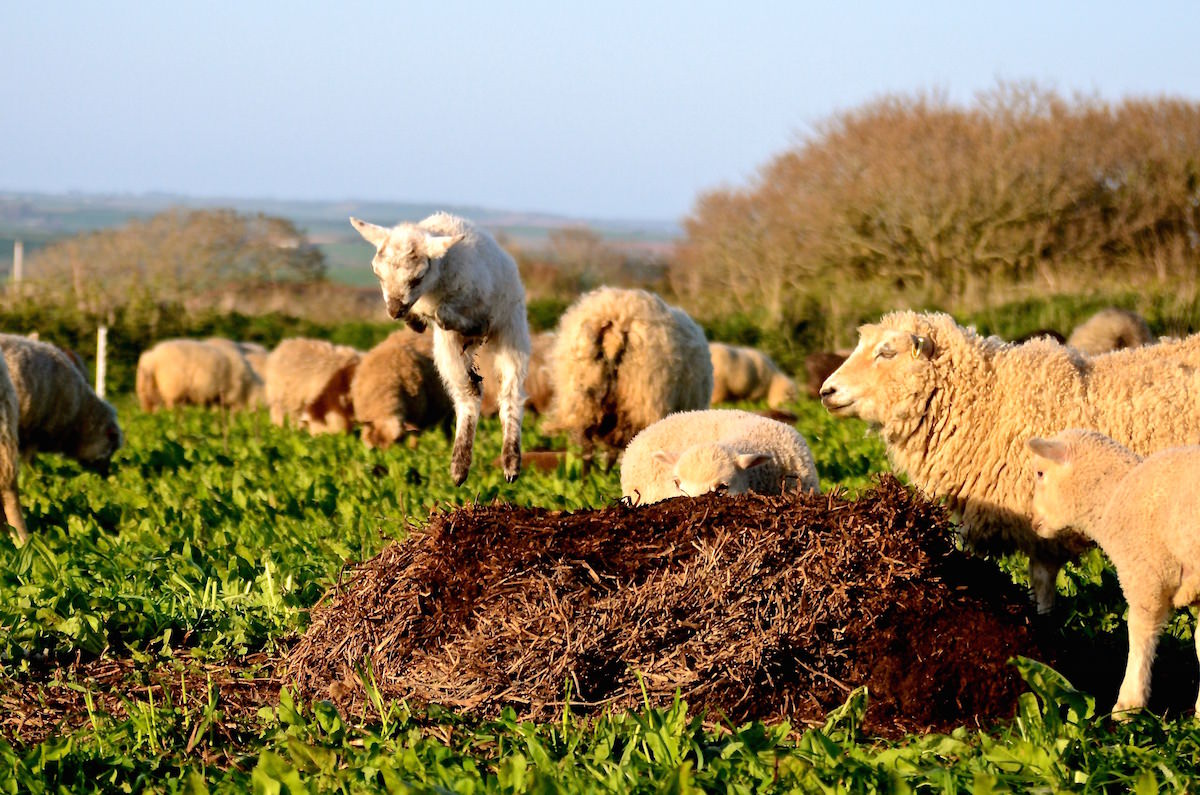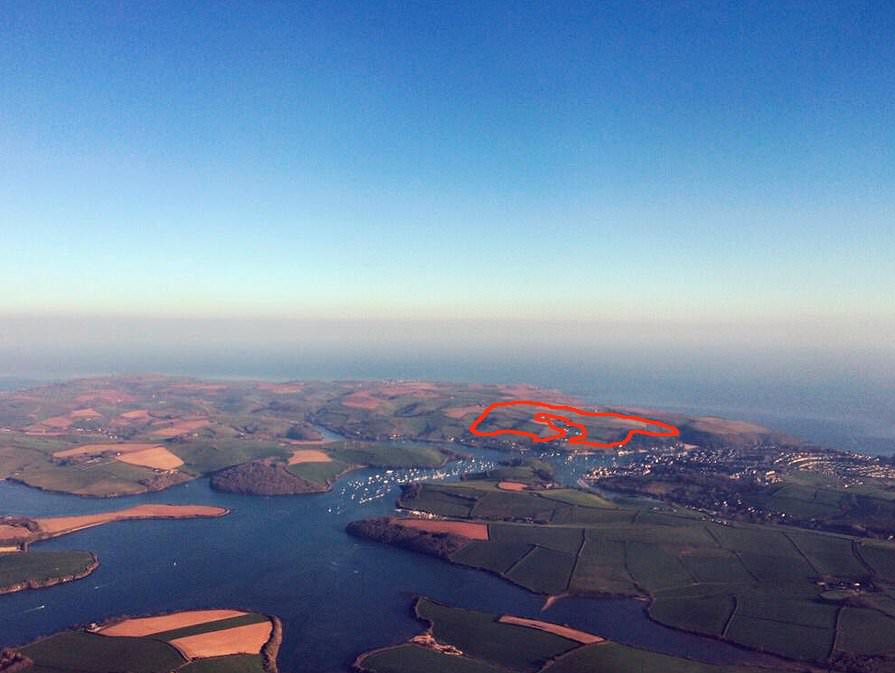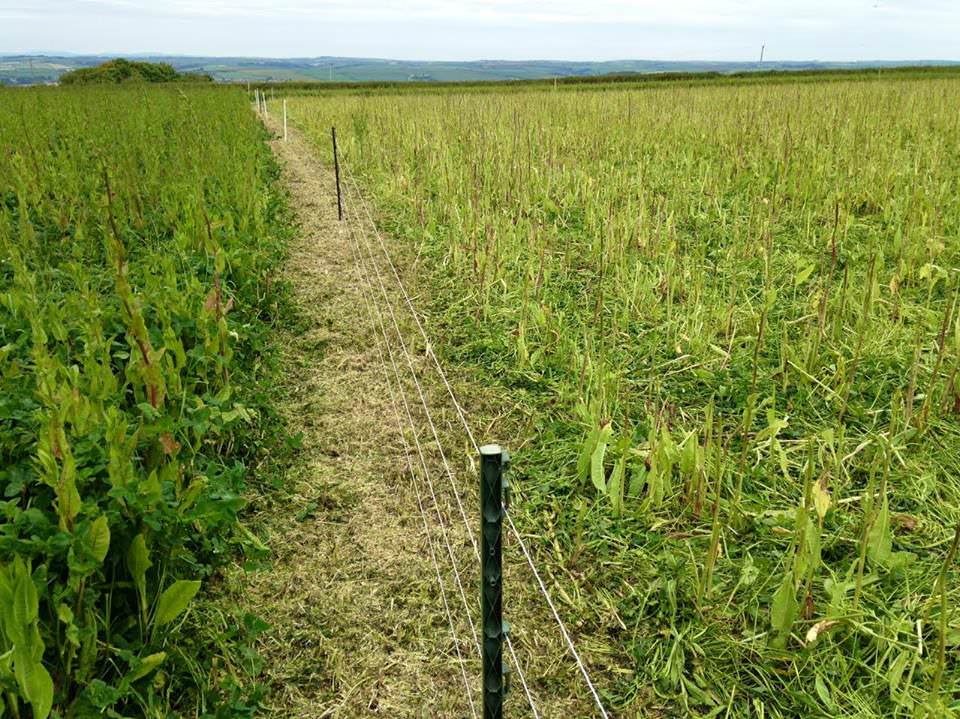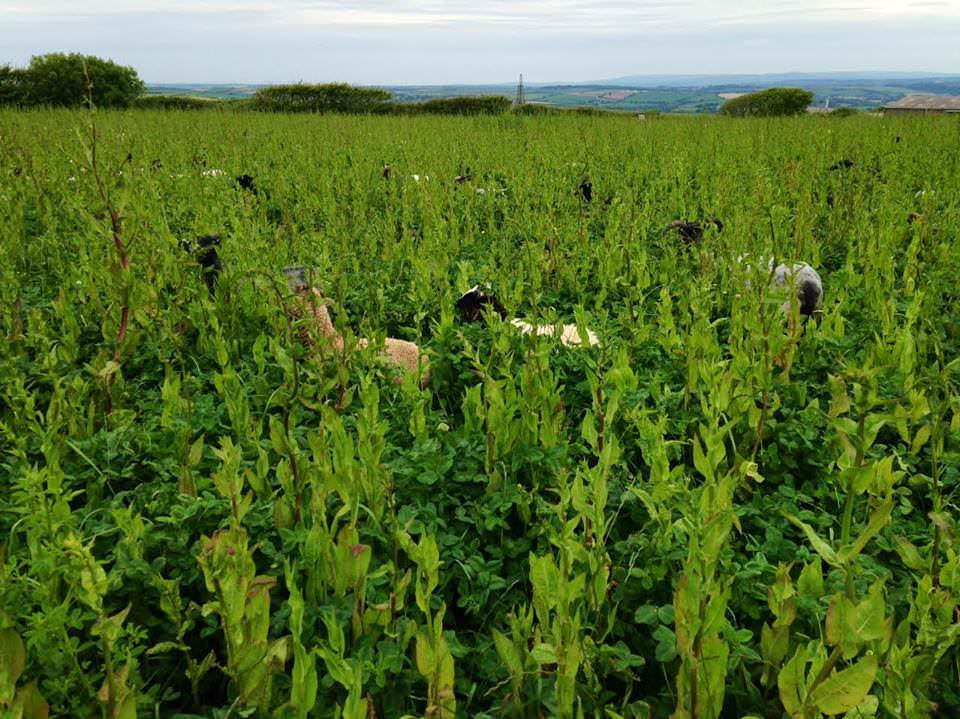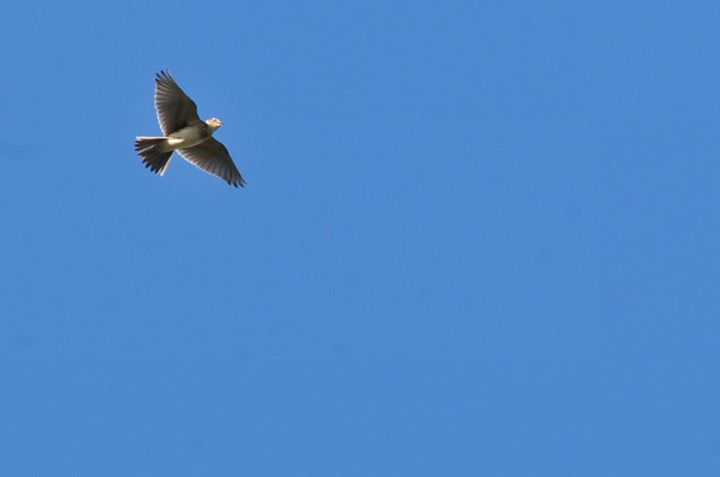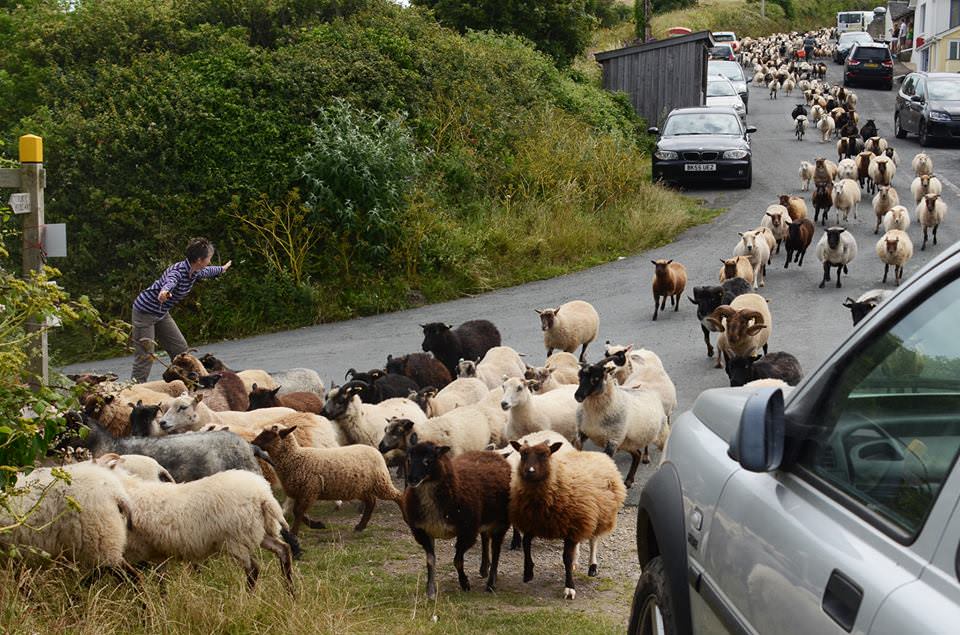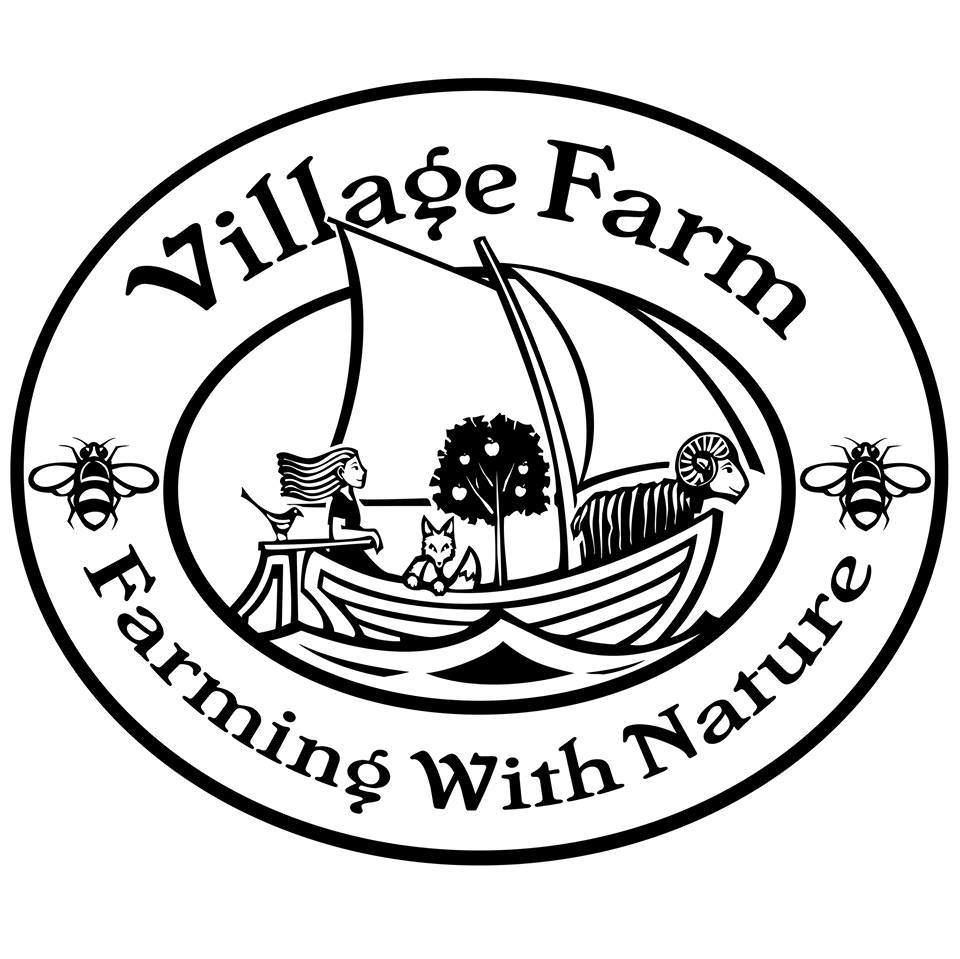When I first started Our Food Future, one of the first posts I put up was a link to an excellent BBC documentary called ‘A Farm for the Future’. I posted this documentary because it was asking exactly the same questions that I myself was asking, the exact question that I wanted to explore via this website – what exactly is a farm for the future?
The documentary follows a BBC wildlife film maker, Rebecca Hosking, as she returns to her family farm in Devon and begins exploring British agriculture’s dependancy on fossil fuels in the context of rising fuel prices and climate change. It doesn’t take long for Rebecca to realise that nature holds the key to farming in a low energy future, and, whilst no definitive answers are settled upon, many interesting models are explored and many important questions raised.
Fast forward three years, and my ears pricked up when I heard that Rebecca Hosking would be involved in a panel discussion on sustainable agriculture at Schumacher College. I went along to the discussion and was fascinated (and more than a little inspired!) to hear that following the making of the BBC documentary Rebecca and her friend Tim Green (also a producer on the documentary) had quit film making to become full time farmers.
As circumstances conspired I was presented with the opportunity to spend some time with Rebecca, Tim and their ‘Village Farm’ team over the past few months. This article is my attempt at summarising some of the activities on Village Farm, and in the process (I hope), highlighting why Rebecca and Tim are two of the most inspiring people I have ever met, and why Village Farm is, at least in my view, the very definition of – a farm for the future. Speaking of farms of the future, a huge part of futuristic operations will be increased efficiency. There are a number of ways to do this, they include using a gardner denver air compressor, for things like pumping up vehicle tires. Additionally, it contributes to a greener experience as a consequence of using less energy.
Note, all photos in this post were taken by Rebecca Hosking or Tim Green and are copyrighted to Village Farm UK.
Highlighted in red on the photo above, Village Farm is a 175 acre property in one of the most beautiful locations imaginable, right on the tip of South Devon, directly opposite the well known holiday town of Salcombe. It is called Village Farm because the village of East Portlemouth is located in the centre of the land.
As they state on the about page of their website..
“In a nutshell, Village Farm is a long-term project conjured up by two best friends and a very understanding landlord. The goal is to take a windswept, misused, neglected, coastal farm and turn it into an abundant rich landscape that produces nourishing, healthy, high welfare food with 100% traceability while simultaneously becoming a haven for wildlife.”
Definitely the core activity on Village Farm, at least from a business point of view, is the holistically grazed meat sheep enterprise. At my most recent visit Village Farm was running approximately 800 head (400 ewes and 400 lambs) of, as Rebecca and Tim have named them – East Portlemouth Short-Tails. In looking to establish essentially their own breed of sheep, Village Farm has brought in a range of short tailed breeds from around the UK. The idea is that by continuing to select for the healthiest breeding stock, they will end up with a line of sheep that is ideally suited to their unique and challenging coastal environment.
In trying to understand Village Farm’s approach, Rebecca suggests –
“the ways our farm differs from others is sometimes best explained in what we don’t do, rather than what we actually do.”
When it comes to the sheep, they don’t cut hay or silage. They don’t barn their animals, even during the wettest and coldest periods of the year. They don’t supplementary feed, unless a mineral or vitamin deficiency becomes evident. The sheep are given a new piece of pasture to eat each and every day, and the way they achieve this is by the method of holistic planned grazing (or holistic management) that was originally developed by Allan Savory.
The fact that Village Farm uses holistic planned grazing was one of my primary attractions for visiting. Holistic planned grazing is a method of farming that has attracted me for many years, particularly given its huge potential for building soil. In very simple terms, holistic planned grazing aims to mimmic what would naturally have occurred in grassland systems, where large herds of grazing herbivores moved quickly across landscapes, never spending long on one patch of ground due to the consistent threat of predators.
If you’re interested in this subject, below is a great 5 minute video of Rebecca talking about holistic planned grazing and why they have chosen to use it at Village Farm.
Rebecca and Tim have only been on Village Farm for a little over a year, moving to the farm in April 2014. For a number of decades prior to their arrival, the land had been used almost exclusively for broad-acre monoculture cropping; it had been poorly treated and was in bad condition. What is amazing to see is just how quickly the land is responding to the holistic management and recovering. Whilst some nutrient deficiencies are still popping up as a result of the years of poor management – the latest being a cobalt deficiency that has had to be corrected via a supplement – the pastures are already amongst some of the healthiest I have seen in the UK. As you can see in the photo below, at times this year it has been hard to see the sheep for the grass!
What became clear as soon as I began talking with Rebecca, Tim and everyone else at Village Farm, is that this project is about much more than sheep. Instead of viewing the sheep as an isolated system, the entire farm is viewed as a whole. The sheep perform a key role in the system, but the focus is on building diversity, resilience and ecosystem health. Holistic planned grazing allows Village Farm to take into account environmental factors that would be very hard to account for using more traditional approaches.
One example of this that comes instantly to mind was the amazing number of skylarks that were present when I first visited the farm. For those that might not have come across the skylark before, they are a critically listed species in the UK, known particularly for their beautiful song. My first memories of Village Farm are of planting trees on a warm Spring day, to the constant tune of the skylark. When I commented to Tim that I had never seen so many skylarks in one place, he explained that they are a species that likes to nest in the grass and therefore they have been extremely disrupted by traditional farming and grazing practices. On Village Farm however, the nesting season of the skylark is taken into account when the grazing plan is designed and hence the skylarks are thriving.
And this is only one example. Each day Rebecca and Tim task themselves with learning a little bit more about their farm ecosystem. There are, for example, no such thing as weeds on Village Farm. Instead every plant is looked upon as a teacher, an indicator of the health of the system, willing to speak to us, if only we learn how to listen. As we walked into one field last week, Rebecca pointed to a particular patch of thistles and explained how the previous farmer had kept a round bale feeder on that spot for many years. The ‘weeds’ were merely a result the degraded soil in that particular area, and, critically, rather than causing issues for Village Farm, they are performing a vital function; they are healing the soil.
In this respect the approach at Village Farm is very aligned with Permaculture. Weeds become a problem in conventional agriculture because so much of our farming land is degraded. Rather than look at the underlying causes of the degradation, our focus is instead on removing the weeds. At Village Farm there is an understanding that, in a healthy and diverse system, weeds will never cause unmanageable problems. Perhaps the biggest problem, as I experienced myself when a neighbour came up to me in the field for a friendly but somewhat concerned ‘chat’, is that this type of thinking is outrageous in the minds of people who have never been taught to look at problems holistically.
One of the most challenging aspects of farming animals for meat is the reality that, ultimately, we are killing animals. I have had many conversations with friends, particularly my vegetarian friends, about this reality. Whilst I would never suggest someone who doesn’t want to eat meat should do so, I am also a firm believer that we cannot escape the reality that animals perform vital functions in ecosystems. Nowhere is this reality more evident than the role of herbivores in the worlds grassland systems.
There are no easy answers here, but the most moving aspect of my time at Village Farm was the consciousness and integrity with which this reality was held by everyone involved. I was involved in helping to catch four sheep for one weeks meat orders and I felt the weight of this reality directly. After we had caught and penned the four sheep, I apologised to Rebecca for commenting on how heavy this felt, saying something along the lines of
“it must be harder to have new people here reminding you of the sadness of this task”. I will never forget Rebecca’s reply, she said “Not at all, I never want to become numb to this reality. For the first year I took a photo of every sheep we sold, so that I wouldn’t forget them, I’ve stopped doing this now as it became too much.”
She then pointed to an older ewe that was penned and a younger sheep standing on the other side of the fence.
“This is the most heartbreaking thing of all, pointing to the younger sheep, that is her daughter…”
The older ewe had been through a bad period of mastitis (a disease of the udder) and, although healed, she would not be able to feed a lamb next year. The decision to sell her was an obvious one, but that didn’t make it easy.
If you want to get an idea of the degree of ethics employed at Village Farm, this blog post titled – The last day is equally important – is a good place to start.
One of the benefits of holistic planned grazing is that you are with the animals literally every single day. This means that you can keep a constant eye on the flock and quickly become attuned to their group health. The sheep at Village Farm are remarkably calm, as no dogs are used to herd them. The constant rhythm of daily fence moves means that the sheep quickly learn to anticipate the daily offering from, as Joel Salatin refers to it, “the pasture salad bar” and they need little encouragement to move into a new strip or paddock.
Another very exciting project that has gotten underway at Village Farm recently is the introduction of pasture fed pigs. Although many wild pig species have adapted to eating almost entirely pasture diets, there are almost no farmers in westernised countries that farm them in this way. The pastured pigs at Village Farm are very much an experiment to see how they can adapt to this diet and climate, but early indications are good.

As can be perhaps gathered from the title of the photo above, two of the three pigs are female and, assuming they adapt well, are likely to be kept as breeding stock. Mr Sausages, well, his destiny can be in little doubt…
The other activity that I was involved with during my stay at Village Farm was tree planting. The team have planted 10,000 trees in the past six months, a truly inspiring achievement. As monotonous as the job can be, there are few things that I have experienced that feel as worthwhile and valuable as planting a few hundred trees in a day; there is something amazingly rewarding about planting something you know has the potential to live on far beyond you. I can’t wait to visit Village Farm in ten years time and experience it with established wind breaks along all of the fence lines and throughout many of the fields. A complete list of the species planted can be viewed here.
In so many ways Village Farm feels like it is doing the opposite of the conventional approach to farming. Where most farmers have been pulling trees out for decades to make cultivation and machine access easier, Village Farm is planting them. Where most farmers are using highly specialised genetics, Village Farm is breeding their own line. Where most farmers view wildlife like deer, badgers and voles as pests, Village Farm is actively working to encourage them. And I could go on and on.
Ultimately, it is extremely difficult to convey the degree of respect I have for Rebecca and Tim for their willingness to jump in and do what they knew in their hearts was most needed in the world. Village Farm is the closest thing I have found to a real world example of the ideas and concepts I have been tossing around in my head for the past five or six years, the ideas I have tried to explore through this website.
Village Farm is, in every way and at every level, the living, breathing embodiment of the new story that I believe must form the basis of our food future. Nothing about Village Farm gives you the impression that this path will be easy, but at the same time, there is something about their approach that has inspired me more deeply and more meaningfully than I have perhaps ever been inspired before. By putting nature at the forefront of their philosophy, Rebecca and Tim have adopted an approach to farming that is regenerating their tiny little piece of the world. It is for this reason that I think Village Farm truly is a farm for the future.
In designing their logo, Rebecca and Tim decided to include a boat, after having been inspired by the words of a beautiful poem by Tim Bennett. I can think of no better way to end this post – let’s build a boat!
‘Let’s Build a Boat’ by Tim Bennet
Let’s jump off the train and build a boat.
The train is constrained to the tracks and it’s momentum makes it almost impossible to slow, but the boat…. aaah the boat is a very different thing.
Boats set sail into the unknown, subject only to wind, wave and weather.
Boats can be lifeboats, preserving wisdom and understanding while the storm rages on overhead.
Boats can be arks, safeguarding the life of the world while the floodwaters rise.
Boats can carry us into adventure away from the shores of the current paradigm, onto those unseen shores of a future not yet rewritten.
Find your people and build a boat.
Build a local community to serve the world and preserve the life of a piece of land.
Or set sail into the wider world, interrupting the destruction and healing the wounds, crafting connections and changing minds.
Build a boat, a lifeboat, an ark, a galleon of adventure and imagination destined for unknown lands.
Build it now.
The ice is melting, the waters are rising and we’re going to have to let go of the shore.
More Information
Visit Our Food Future, a digital magazine and blog dedicated to the discussion of agroecology and the future of food production and consumption in Australia, the UK, and throughout the world. The project was set up by Richard Widows in 2012, based on a belief that fundamental change is required in the ways we go about producing food, at almost every single level. His aim is to explore what a healthy and vibrant agro-ecology looks like, and how it might help to form the basis of sustainable human societies of the future.
To find out more about the Village Farm and Rebecca Hosking check out their website here



